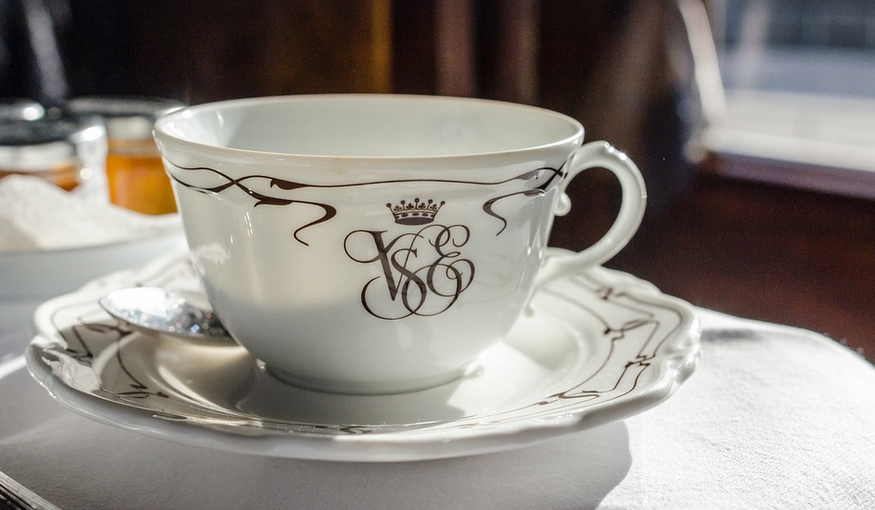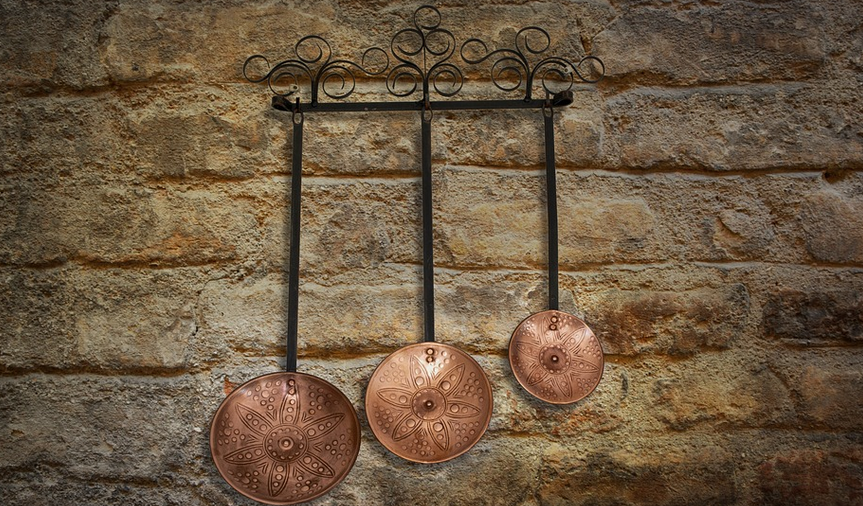Gutter Fascia Board Replacement: A Guide To Refreshing Your Home's Exterior

What are Guttering Fascia Boards?
Imagine your house as a ship sailing on the calm waters of its foundation, and the gutters and fascia boards as the ship’s sturdy hull. These seemingly inconspicuous components play a crucial role in protecting your home from harsh weather elements, ensuring water runs smoothly and your walls stay dry.
Guttering fascia boards are the horizontal boards that sit beneath your roofline, forming a protective barrier for your gutters. They act as a shield against rain, snow, ice, and even strong winds, helping to keep moisture at bay and prevent wood rot or mold growth in your walls or soffits.
The fascia boards often go unnoticed until they start showing signs of wear and tear – sagging, warping, or even holes in the board itself. And as these boards play a critical role in maintaining the integrity of your home’s exterior, replacing them can be crucial for longevity and protection.
When is Fascia Board Replacement Necessary?
Guttering fascia boards often reach their end after 10-20 years or more. Signs that point to a replacement include:
- Sagging: If your fascia boards are sagging, drooping, or have become loose over time, it could indicate water damage or rotting beneath the surface.
- Cracks and Warping: Cracks or warping in the fascia boards can negatively impact their structural integrity and lead to leaks.
- Loose Nails or Fasteners: If your fascia boards are missing nails or fasteners, it could be a sign of damage or improper installation.
- Water Damage: If you see water seeping under the fascia boards or noticing signs of dampness in your walls or attic, it might be time for replacement.
The Process of Guttering Fascia Board Replacement
Replacing fascia boards can seem daunting, but this process is relatively straightforward and involves a skilled professional.
Here’s a step-by-step breakdown:
- Removal: The first step is to remove the old fascia board. This often involves a combination of tools like pry bars, hammers, and sometimes cutting blades.
- Inspection: Once the old boards are removed, the roof structure beneath them is inspected for any damage or rot.
- Preparation: The area where the new fascia board will be installed needs to be prepared for installation. This can involve cleaning out debris and ensuring a smooth surface.
- Installation: The new fascia boards are then carefully installed, using screws or nails that are specifically designed for this application.
- Finishing: The process is concluded with sealing the edges of the new fascia board to prevent further moisture ingress and protect against future damage.
Benefits of Replacing Your Fascia Boards
Replacing your fascia boards isn’t just about aesthetics; it can significantly impact your home’s long-term health and value.
- Increased Protection: A renewed fascia board offers a more robust barrier against weather damage, ensuring your gutters are protected from wind and rain.
- Improved Curb Appeal: New fascia boards can significantly enhance the overall appearance of your home, boosting curb appeal and making it stand out.
- Enhanced Home Value: Maintaining your home’s exterior components like fascia boards will help increase its market value if you decide to sell in the future.
- Extended Roof Life: Properly installed fascia boards can extend your roof’s lifespan and protect it from environmental damage.
Cost of Fascia Board Replacement
The cost of replacing fascia boards can vary significantly depending on factors like the size of your home, the complexity of the project, and the type of materials used.
However, on average, replacement costs generally range from $500 to $2,500 for a typical sized home. It’s important to get quotes from multiple contractors before making any decisions so you can have an accurate idea of the potential expenses involved.
How to Choose the Right Contractor for Your Fascia Board Replacement
Selecting a reputable contractor is crucial for your project’s success.
Here’s what to look for when choosing a contractor:
- Experience: Ensure the contractor has experience in fascia board replacement and can demonstrate their knowledge of proper techniques.
- References: Request references from previous clients and get recommendations from your trusted neighbors or friends to ensure a solid track record.
- Licensing & Insurance: ** Verify that the contractor has the necessary licenses, insurance, and bonding to protect you against unexpected issues.
- Communication: ** Choose a contractor who is transparent with communication, provides clear estimates, and keeps you informed throughout the process.
DIY Fascia Board Replacement – Proceed with Caution
Replacing your fascia boards yourself can be tempting for budget-conscious homeowners. However, this project requires a good understanding of construction techniques and specific tools to ensure proper installation.
Attempting this task without the necessary expertise or knowledge can lead to costly mistakes, damage to your roofline, or even structural issues.
While DIY is an option for smaller projects, it’s recommended to consult a professional contractor for fascia boards replacement. This ensures both safety and efficiency in completing the job correctly and without any unforeseen complications.
Remember, a well-maintained fascia board system protects your home from the elements and contributes significantly to its longevity. Hiring a qualified contractor for this task is an investment that pays off in the long run, ensuring your house stands strong against time and weather.


